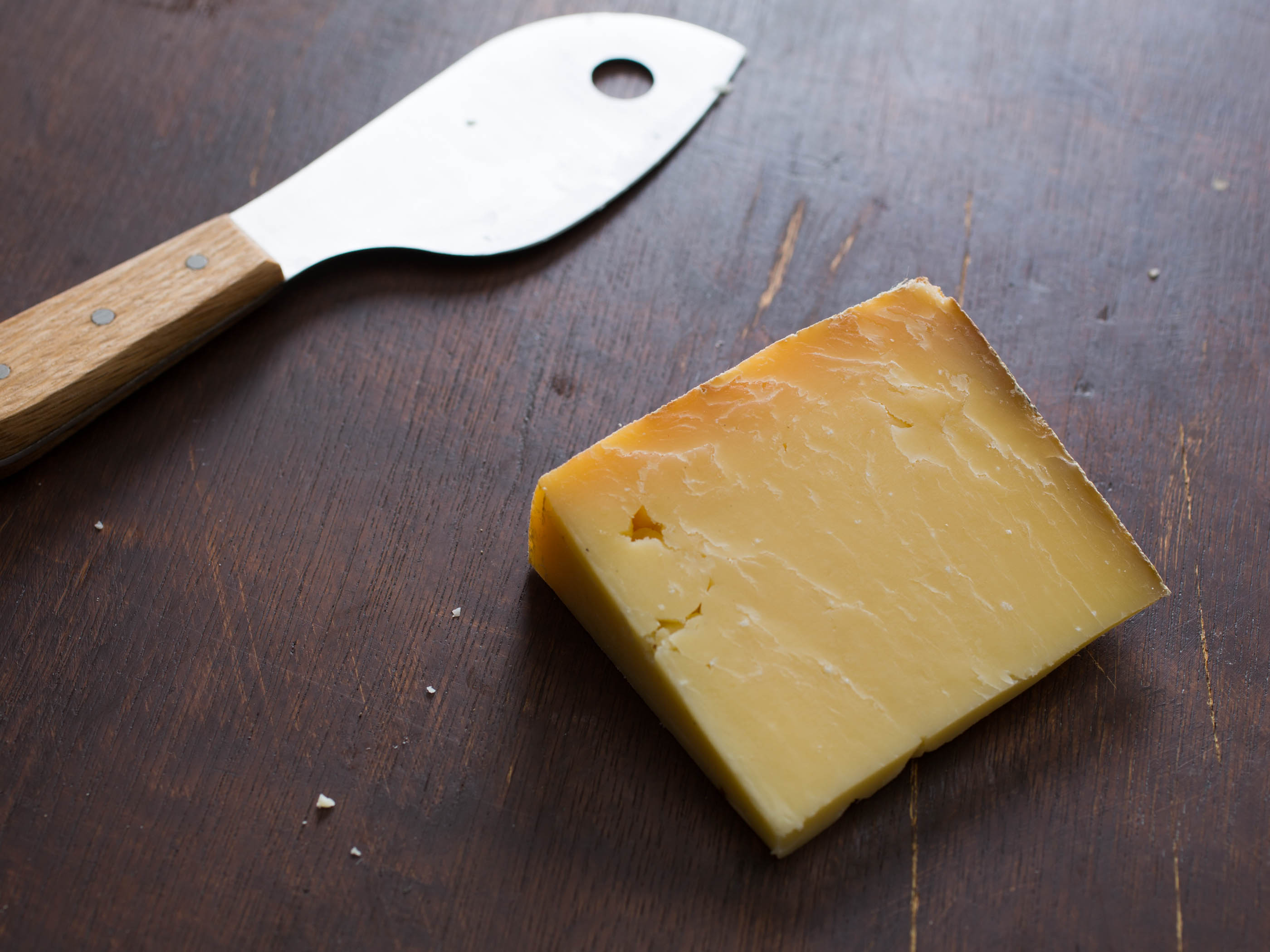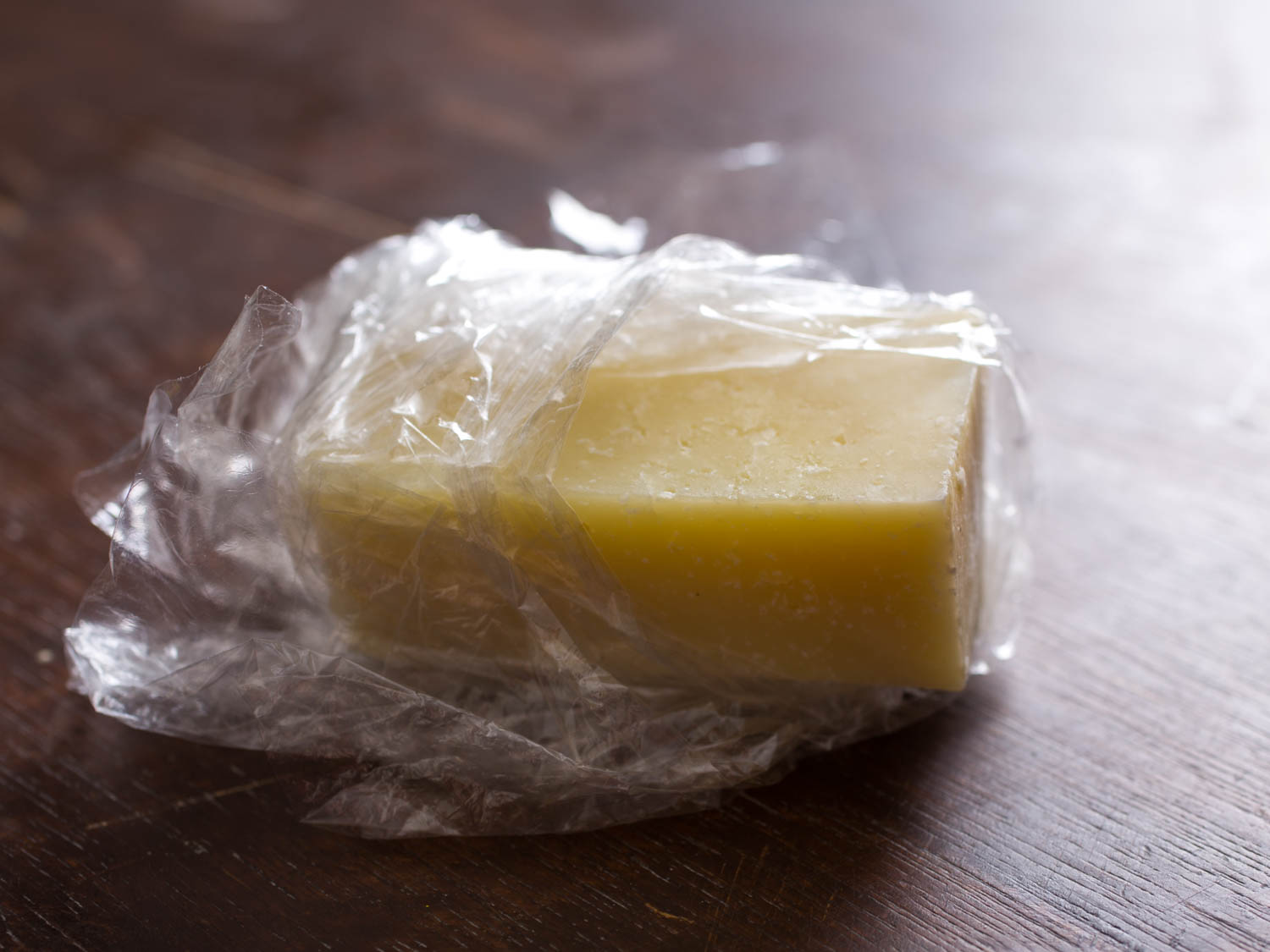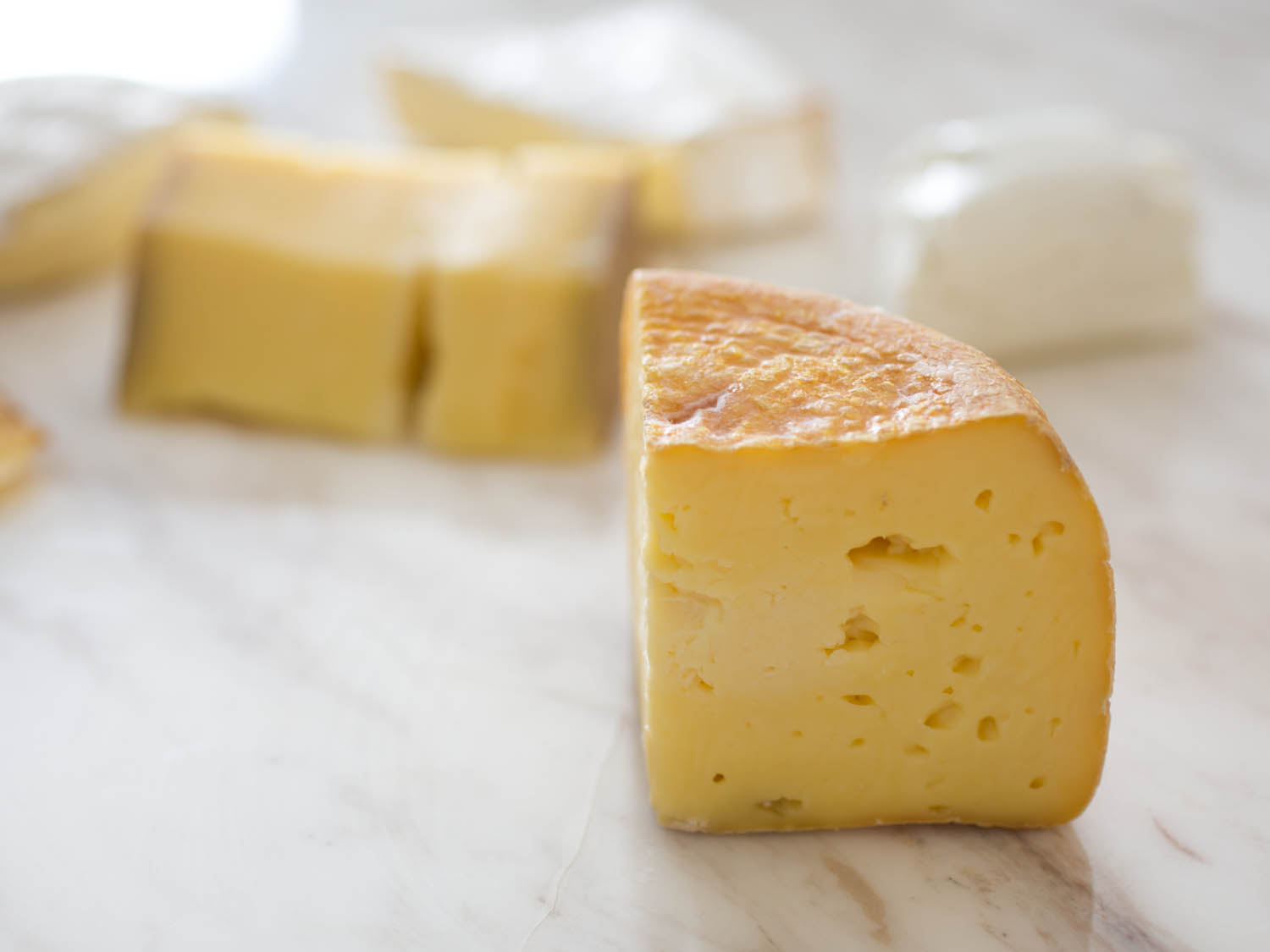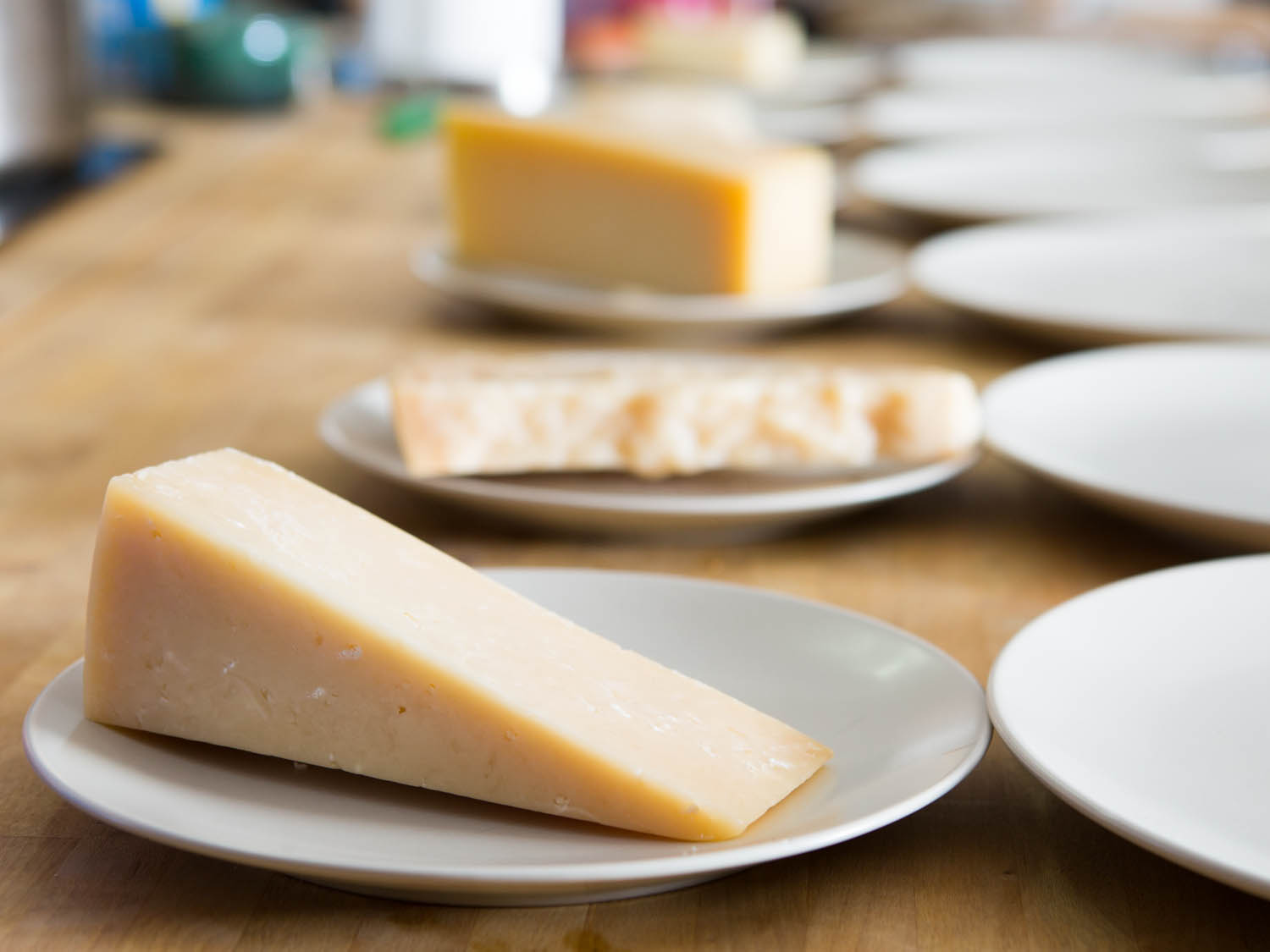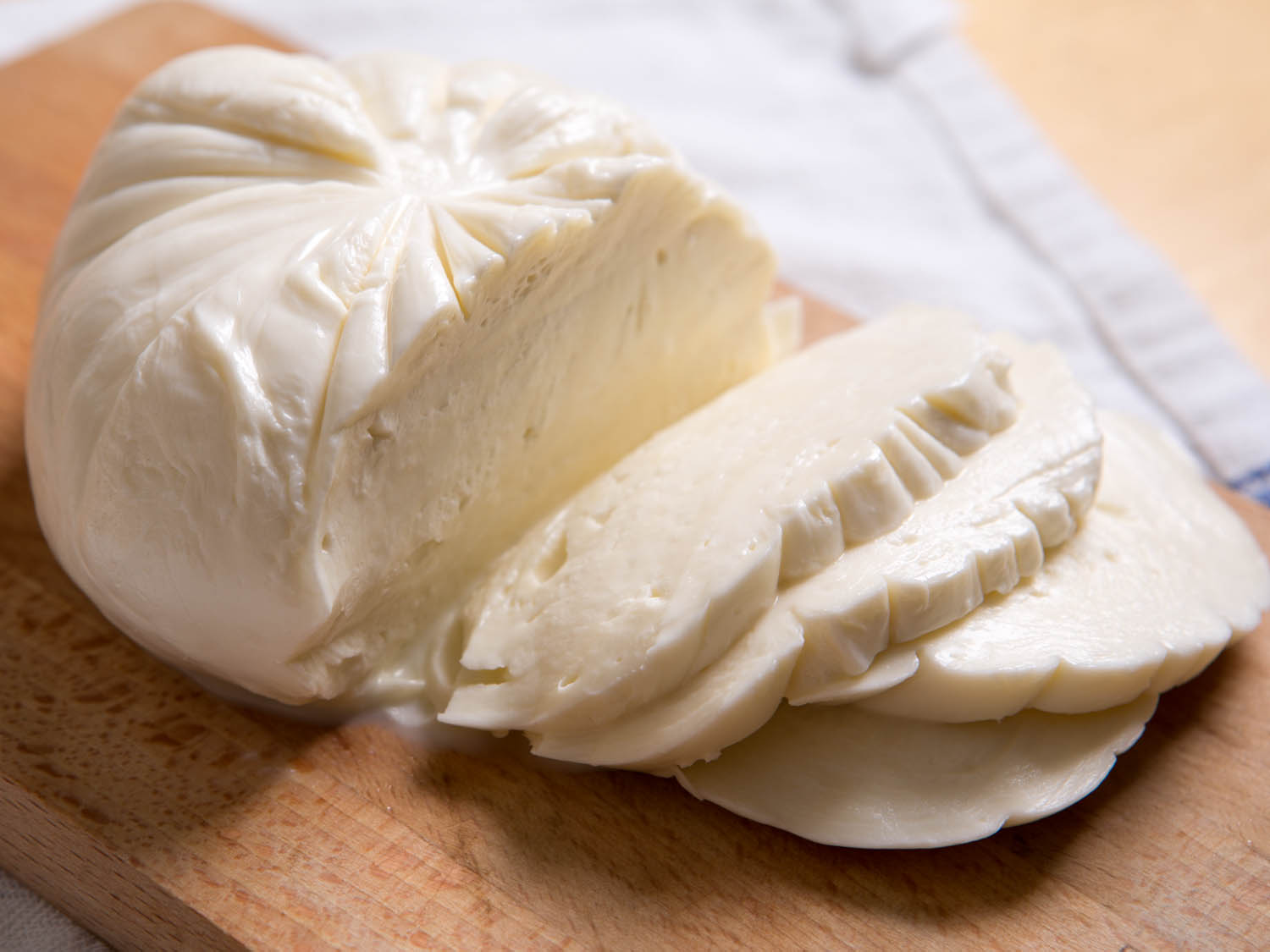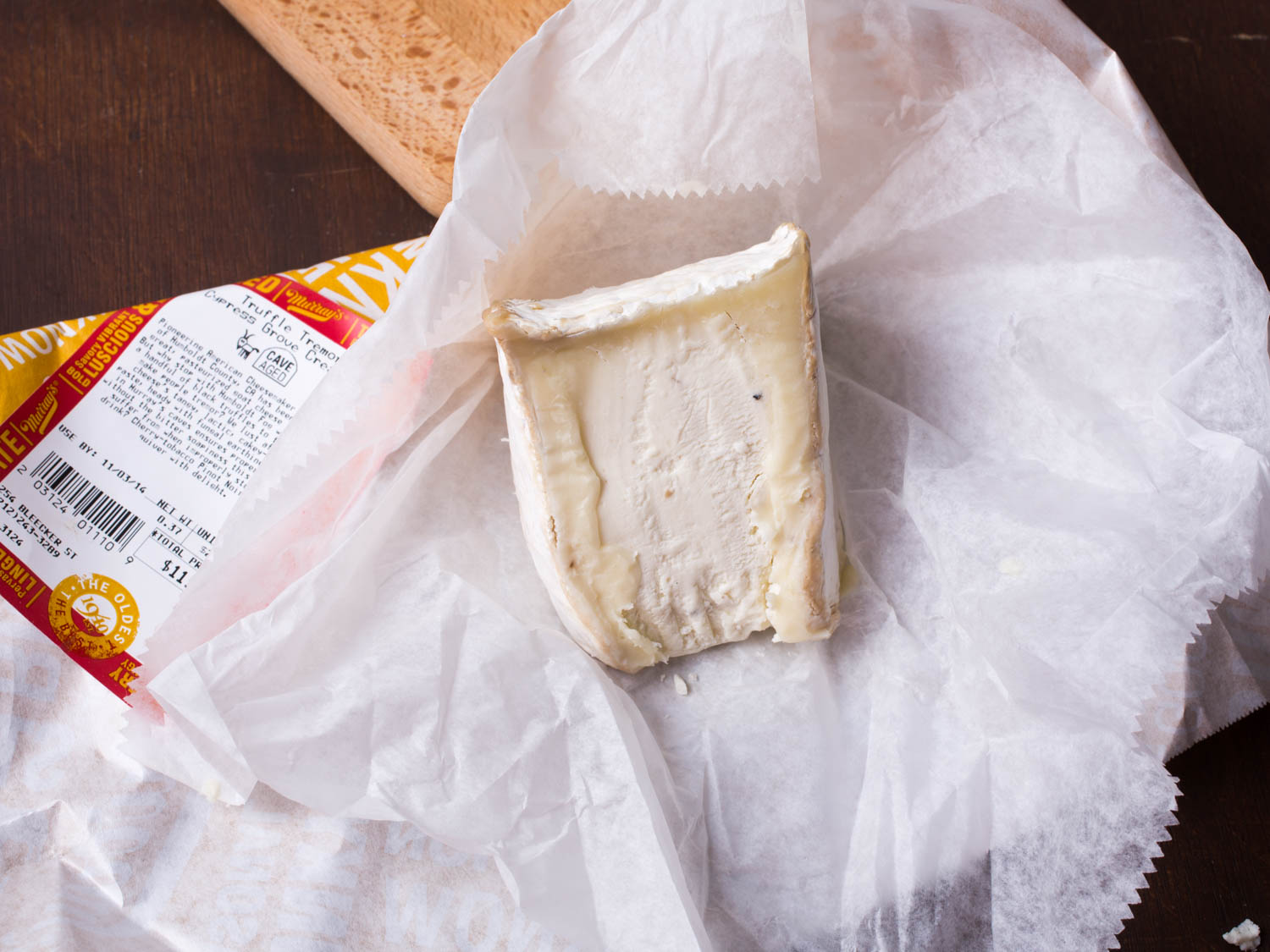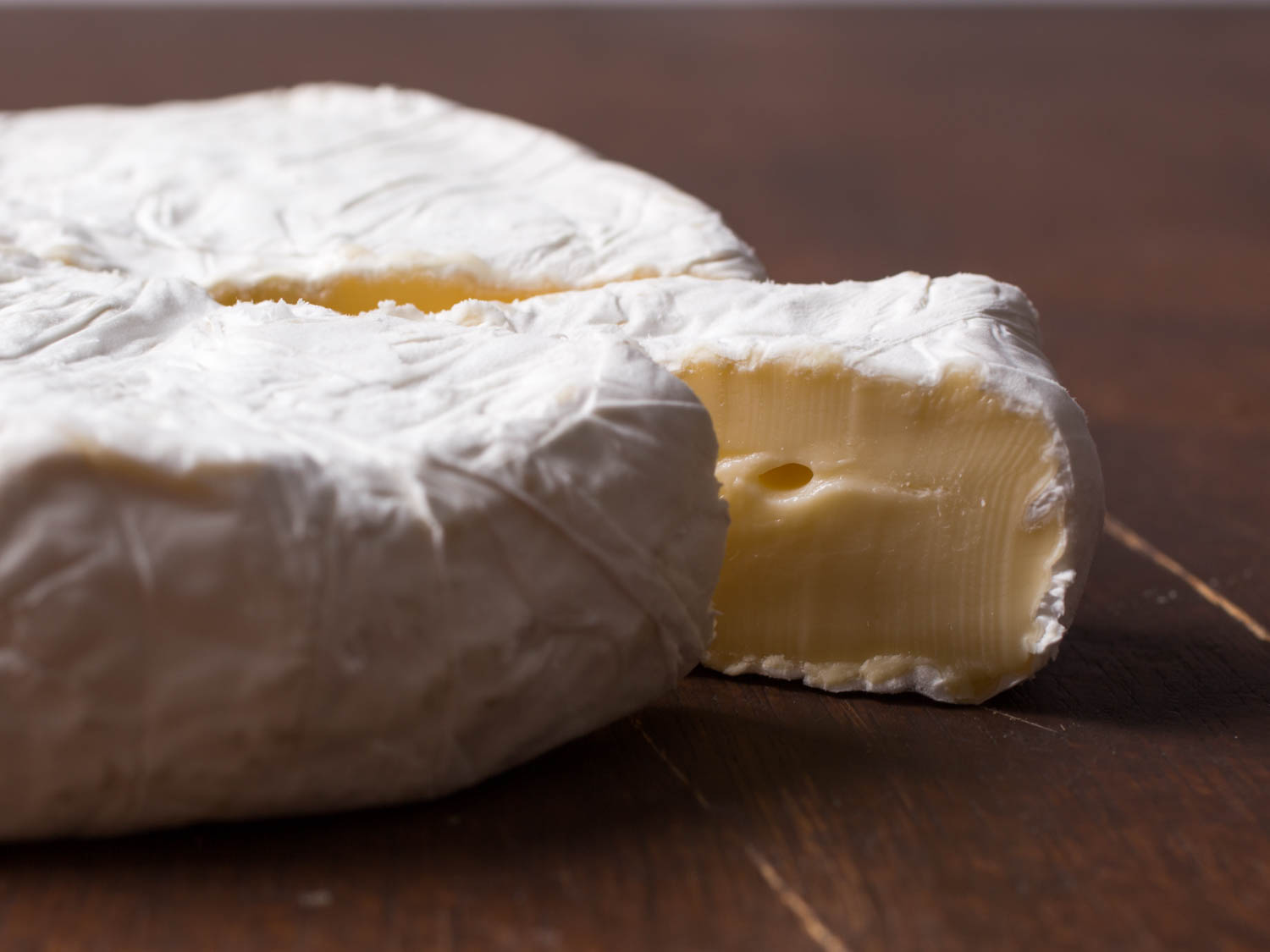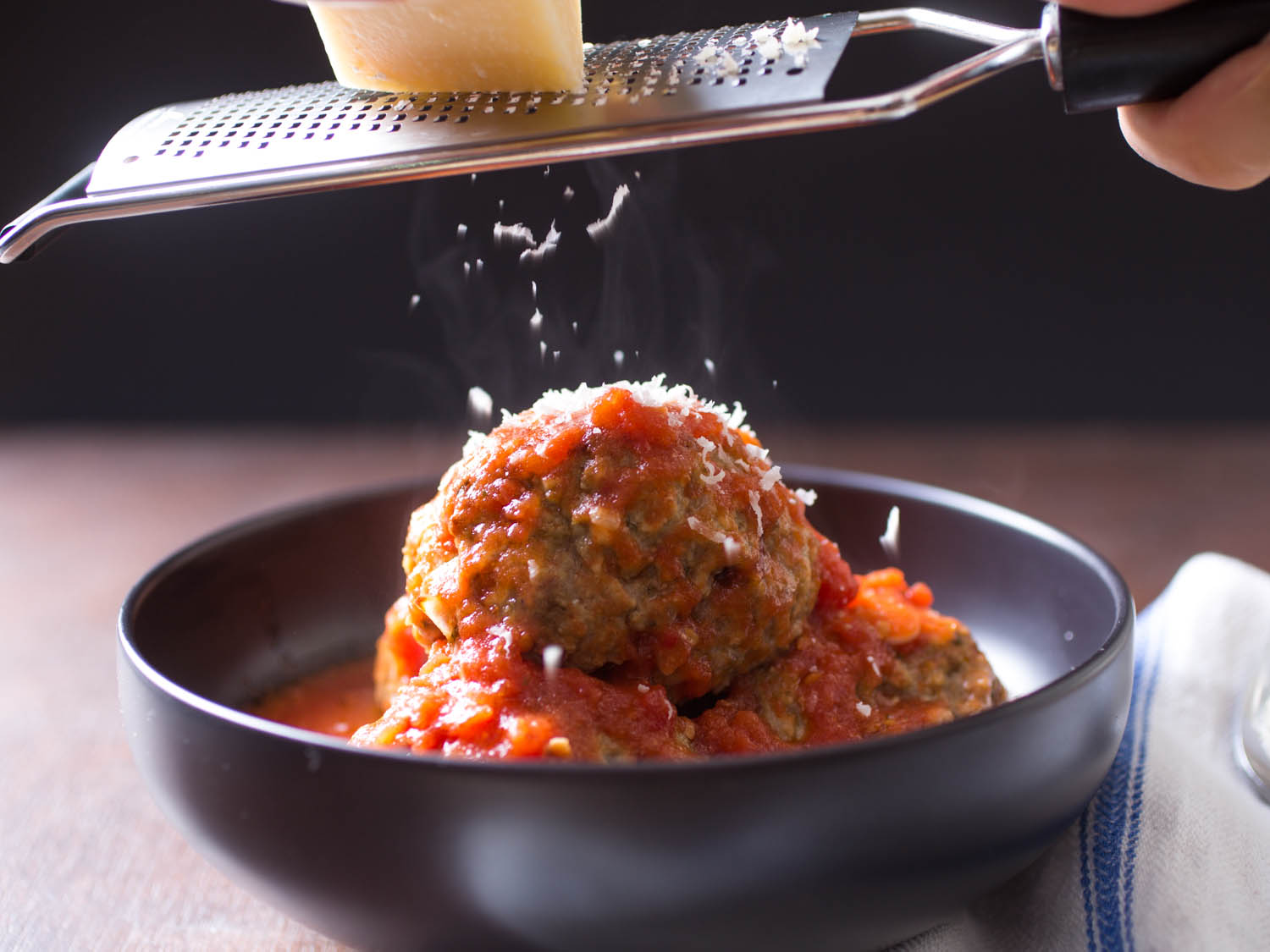10 Common Crimes Against Cheese You Don't Have to Commit

For anyone who has ever served a cheese platter, you will want to read the 10 Common Crimes Against Cheese You Don't Have to Commit. There are some great cheese varieties out there, with cheeses that are very labor intensive and expensive to buy. Just like a fine wine and spirits, when you serve a fine cheese you want to make sure you are doing it properly. If you are paying a lot of money for a good cheese, you want to be sure you get your money's worth, and enjoy the cheese the way it is meant to be enjoyed. If you don't know the correct way to serve cheese, you are missing out on what it has to offer. You want to experience the full flavor of the cheese. Once you read some of the following advice, it will change the way you think about cheese. All it takes is a little more planning and a bit more effort to experience the nutty, salty, grassy, creamy and big rewards that cheese has to offer. You are sure to be surprised by the difference these recipe tips make.
One of the rules on the list is never to serve cheese right out of the refrigerator. All cheeses should be served at room temperature. It is true that we perceive flavors better at temperatures that are closer to our body temperature. Also, as cheese softens, its fat-soluble flavor compounds give better access to our taste buds. And the aromas in cheese are more volatile at warmer temperatures, which means you can smell and taste the cheese that much better. So the colder the cheese, the less you'll be able to detect its full range of flavors, and you won't be enjoying the cheese the way it is meant to be enjoyed. Fresh cheeses only need about thirty minutes at room temperature. For other cheeses you want to let the cheese rest, leaving it covered out of the refrigerator, for at least an hour. That might seem like a long time, but it needs a full hour.
Cheese is without a doubt one of the most popular foods in the world. Typically made from milk and available in a wide range of flavors, textures, and forms by the coagulation of the milk protein casein. Cheese uses the proteins and fat that are in milk, usually with the milk of cows, goats, or sheep. During the production of cheese, the milk is usually acidified, and then enzyme rennet is added which causes coagulation. The solids in the cheese recipe are then separated and pressed into a final form. Some cheeses have molds on the rind or throughout the block of cheese. Most cheeses are known to melt at cooking temperature, something that we just can't resist. You will find hundreds of varieties of different cheeses from countries all over the world. The styles, textures, and flavors of cheese depend on the origin of the milk, and whether or not the milk has been pasteurized.
The Serious Eats recipe is just like the name serious about eating! Some of the recipes on the site are out of this world and will leave your mouth-watering, to say the least. Popular recipe ideas on the site include chicken recipes, pizza recipes, cocktails recipes, pasta recipes, burger recipes, sandwich recipes, grilling recipes, salad recipes and more. You will also find cooking techniques, cooking guides, features and more. A few examples of recipes you will find on the site include an orange rum challah French toast recipe with whipped cream, a Hungarian Goulash recipe, slow roasted bacon wrapped pineapple tacos, and so much more.
Learn MORE / Get RECIPE at Serious Eats
To help with slow website load, we have put all photos for this article here: View photo gallery.
